Summary
- Play for first pick to secure tiles, despite -1 point risk.
- Prioritize verticals for end-game bonus points.
- Adjust strategy based on player count for optimal results.
The game of Azul requires players to inhabit the role of a tile layer in the royal palace of Evora. Azul is based on the true story of the Portuguese king Manuel I, who visited the Alhambra palace and was captivated by the resplendent beauty of the tiles that decorated the palace walls.

Related
The Best Strategy Board Games In 2024
These board games will test your strategic thinking to the limit.
In the game, you take on the role of a tile layer, creating a pattern with colorful tiles and scoring points by laying out these tokens in specific orders on a board. If you’re diving into Azul for the first time, or are a veteran player, here are some strategies for winning.
10
Play For First
Don’t Be Shy
Though the strategy can prove risky at times, one way to ensure that you get the best pick of the tiles in play is to prioritize going for the starting player marker. The way to do this is to make sure that you’re always the first player to pull from the center of the table. This is a bit risky because, by design, it means you’ll always have a -1 to any points you earn in that round.
However, you can think of this strategy like shooting the moon in Hearts. If you have an aggressive strategy to pursue, and need first pick of the tiles ahead of you, this is the only surefire way to guarantee you’ll get that position. You can also prioritize doing this if you’re trying to sabotage another player.
9
Leave Options Open
Don’t Go For Glory
It can be tempting from the get-go to try to fill in your pattern line and begin immediately moving tiles in as best you can. The game basically tells you this is your primary strategy. However, toward the beginning, you might want to play more conservatively.
This is because you can accidentally end up in a position where you’re limiting your options later down the road. Just because you can take one tile and put it in your first row, doesn’t necessarily mean you should. Remember, once you fill a color in your wall, you can’t place more in that same row, so you’ll find yourself very quickly out of choices.
8
Prioritize Verticals
Late-Stage Game Changers
At the end of a board game like Azul, you get extra points for a few different things. You get two points for every complete horizontal line of five tiles in your wall, seven points for each complete vertical line, and ten points for each color of which you have placed all five tiles in your wall. While a lot of these can help, verticals are undoubtedly the best, though hard to get.
However, if you can manage it, just having one or two of these can make the difference between second and first place, as games of Azul often have very close scores by the end. So, if you can swing it, seize the opportunity.
7
Don’t Cut Yourself Off
Avoid Pigeonholing Yourself
Similarly to our tip about leaving your options open, it’s also imperative that you don’t cut yourself off early on. This has more to do with clearing pattern lines, though than it has to do with leaving options open, generally speaking.
In essence, you’ll want to make sure you’re not constantly filling up your pattern lines with half-finished tile sets. The more you do this, the more likely it is that you won’t be able to place tiles when you pick them up. You’ll want to avoid this whenever you can, so make sure you’re picking up tiles that slot nicely into pattern lines that you can clear, and avoid having a board filled with incomplete pattern lines.
6
Avoid The Floor Line At All Costs
Your Worst Enemy
Continuing off of the above tip, you’re going to want to avoid the floor line of your board at all costs. Even if you’re an aggressive Azul player, with a deft strategy, you can easily negate an entire round’s progress by accidentally filling up your floor line.
Sure, one or two tiles in your floor line isn’t the end of the world. But, if you’re so busy prioritizing ways to maximize your points, that you don’t realize you’ve got a terrible payday coming your way thanks to your abysmal floor line, it won’t be worth it. Slow and steady is the name of the game. Play defensively and avoid taking offers that’ll instantly fill up your floor line.
5
Color Matches Can Help, But Not Always
Don’t Put All Your Tiles On One Wall
As mentioned previously, another way you can score a decent amount of post-game points is by having five matches of the same color in your wall. This earns you a whopping ten points, which can definitely make or break your victory. However, this isn’t always worth it.

Related
The Best Social Deduction Board Games In 2024
These board games will have you questioning your friends.
This is mainly because there’s so much luck of the draw involved with Azul. If you spend all your time waiting for an offer to come your way that allows you to get that last matching color tile, you might miss out on other opportunities. If you can get the color match bonus, go for it, but don’t prioritize it as a full-fledged strategy.
4
Play Two Or Three Moves Ahead
Think Like Chess
One of the most important strategies you can employ to become an expert Azul player is to make sure you’re thinking a few moves ahead. This is a classic chess skill that’s necessary to master, even in a game like Azul. This is because you need to be able to see what your options are going to be down the line.
Every time you or another player takes a factory offer, your options are getting more and more limited. So, you’ll want to make sure you’re thinking ahead to see what your options will be so you’re ready when it’s time to draw from the factory offers again. This keeps play moving as well, which is always helpful.
3
Watch Other Players’ Boards
Keep Your Enemies Close
One of the best ways to help yourself play a few moves ahead is to keep an eye on your competitor’s boards. Who cares if you’re playing with family? Take them down. This is almost like counting cards in Blackjack. You’re going to want to try to get into the headspace of your competition so that you can predict what tiles they might choose.
This is great for two reasons. First, this will help you keep track of what tiles will likely be on offer for you by the time it’s your turn again. Second, and perhaps more importantly, understanding your opponents’ strategies will allow you to sabotage them. If you know for sure they want a certain factory offering, you can take it from them, heading them off at the pass.
2
Adjust Strategy Based On Player Count
Takes All Kinds
Every game of Azul is going to be different, and not just because of the luck of the draw. Depending on how many players are gathered around your table, you might want to adjust your strategy.
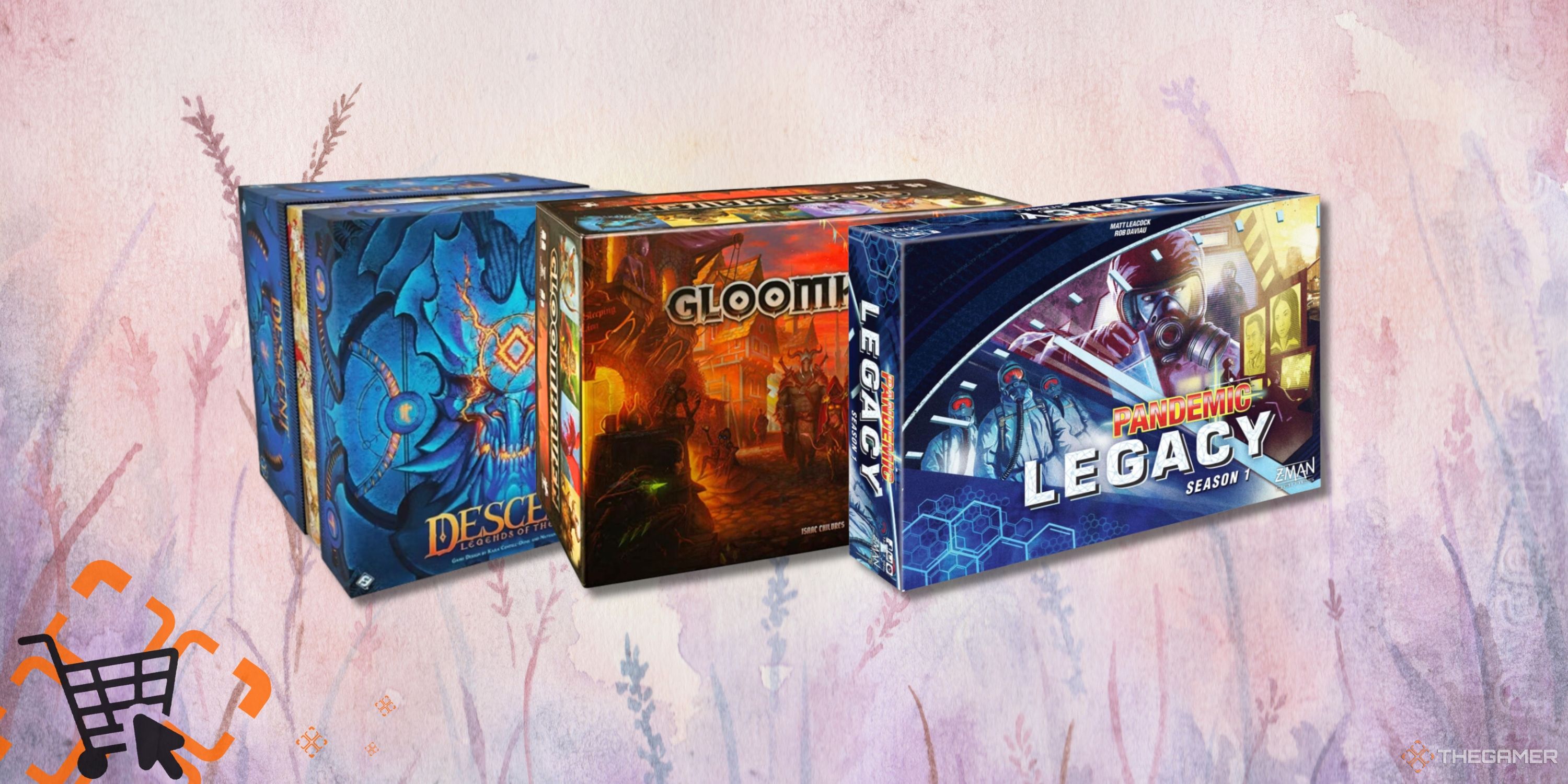
Related
The Best Cooperative Board Games In 2024
You don’t always have to compete with one another, cooperative board games are their own kind of fun.
For example, in a two-player game, which is actually very doable in Azul, you’re going to be drawing a lot more tiles a lot faster than you are in a four-player game. This means your strategy should be short-term and sweet, whereas, in a four-player game, you might have to play more of a long con. Plus, in smaller games, you can adjust your strategy to directly counteract your opponents, whereas in larger games, you have to play a little more in your own lane.
1
Watch Out For Landing Center
Avoid The Pitfalls Of Going Last
One of the worst things that can happen to you in Azul is getting stuck with a lousy final draw from the center. This doesn’t always happen, but usually, the last few players to go in a round of Azul may have to draw a hefty number of matching color tiles from the center.
If you’re playing through the factory offer phase, and you start to notice that one color is getting particularly weighty in the center, you might want to consider either taking it while it’s still manageable, or count ahead to see if you’re at risk of getting it. An entire round can be wasted if you’re not careful, and you end up having to add five or six extra red tiles to your floor line at the last minute.

Azul
- Player Count
-
2-4
- Age Recommendation
-
8+
- Length per Game
-
30-45 minutes



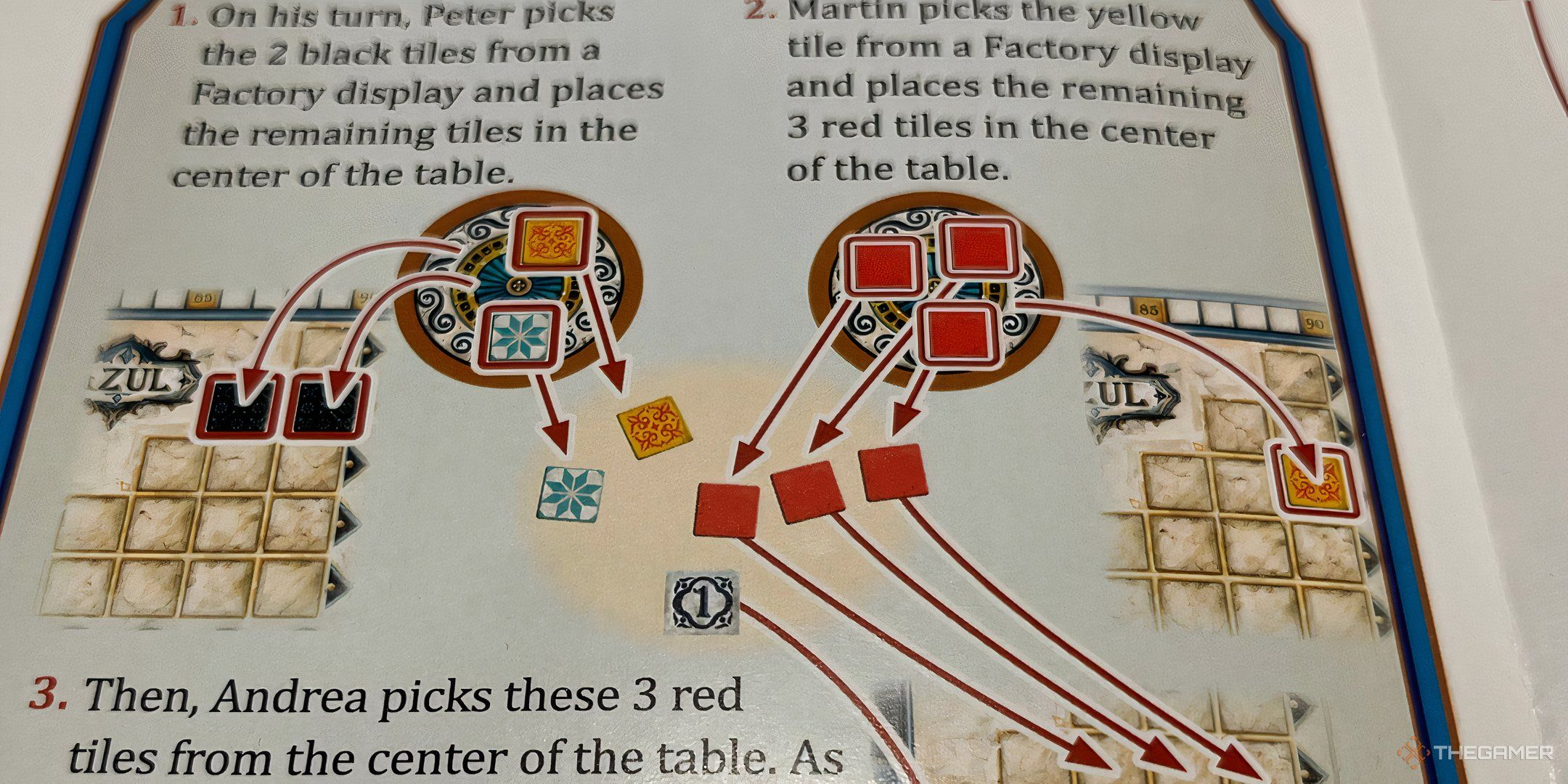
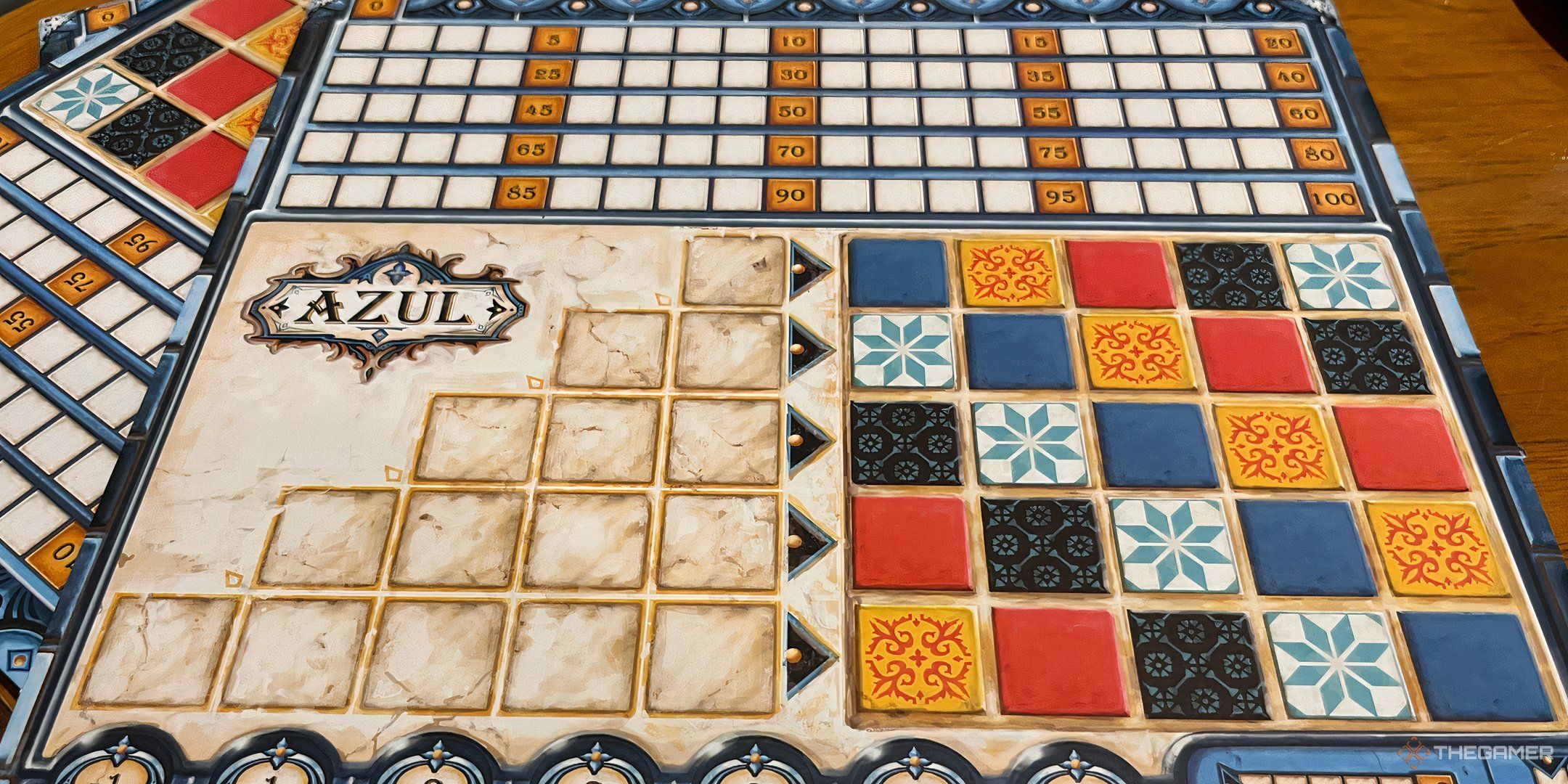
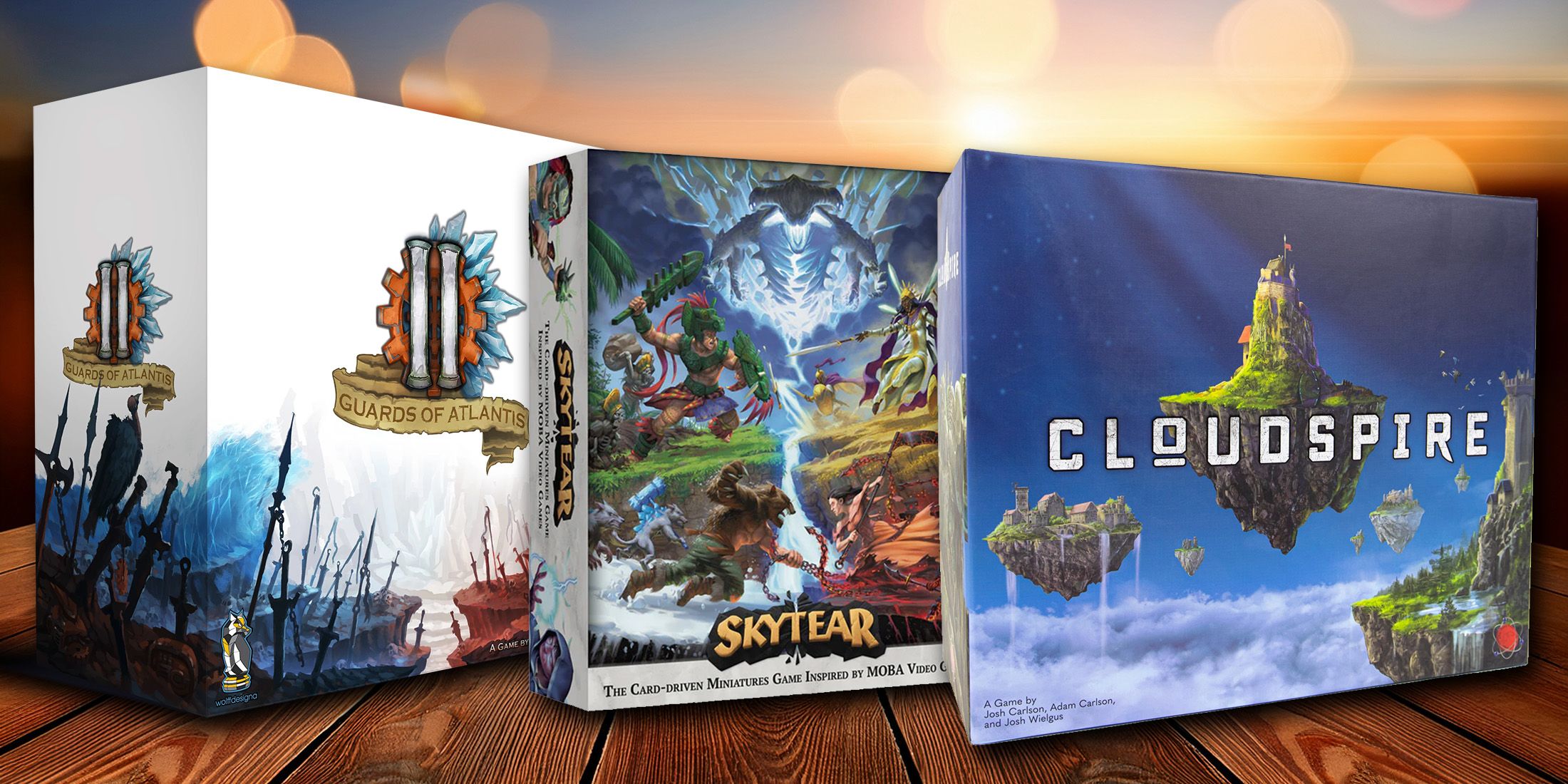
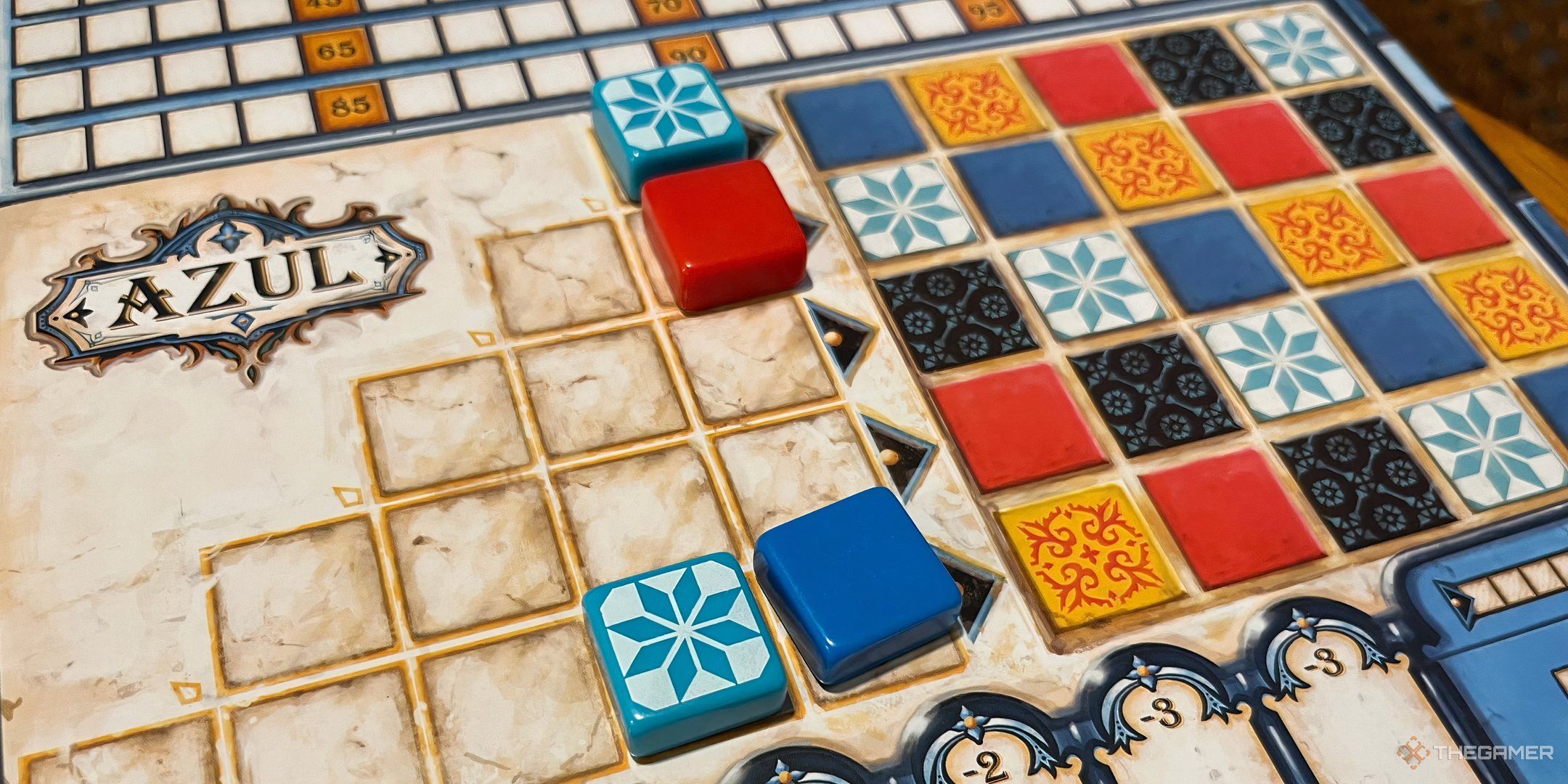

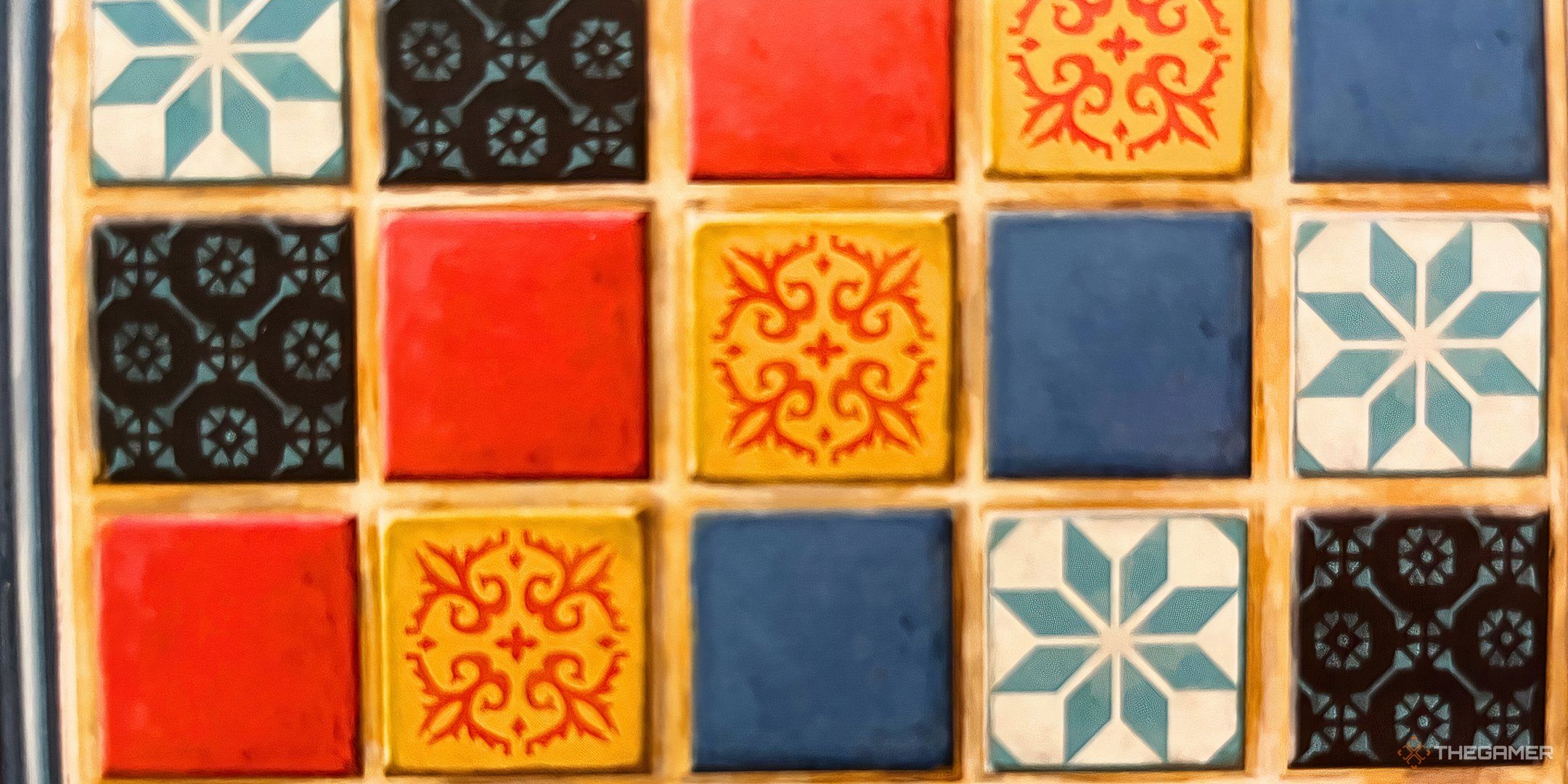

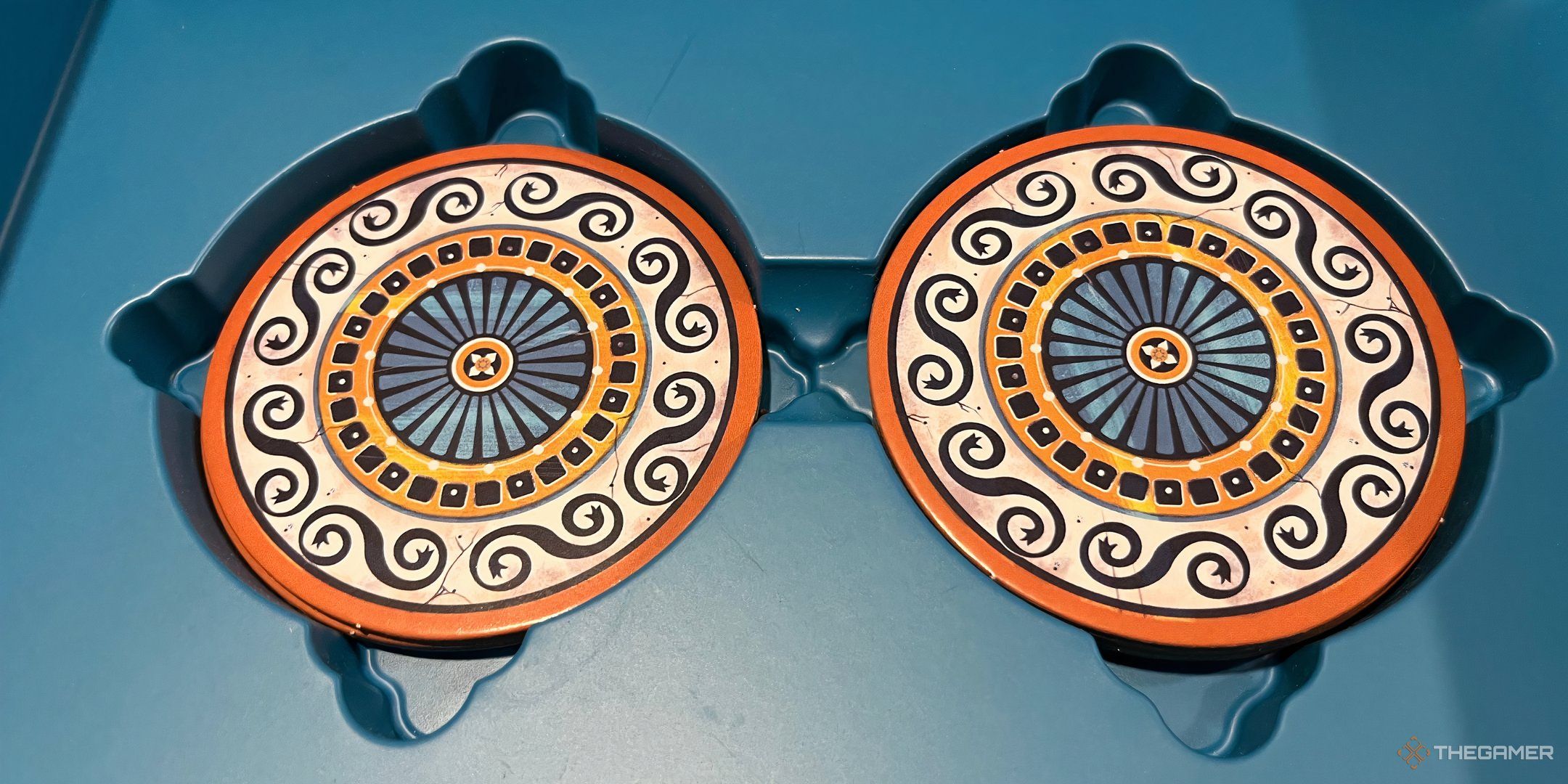

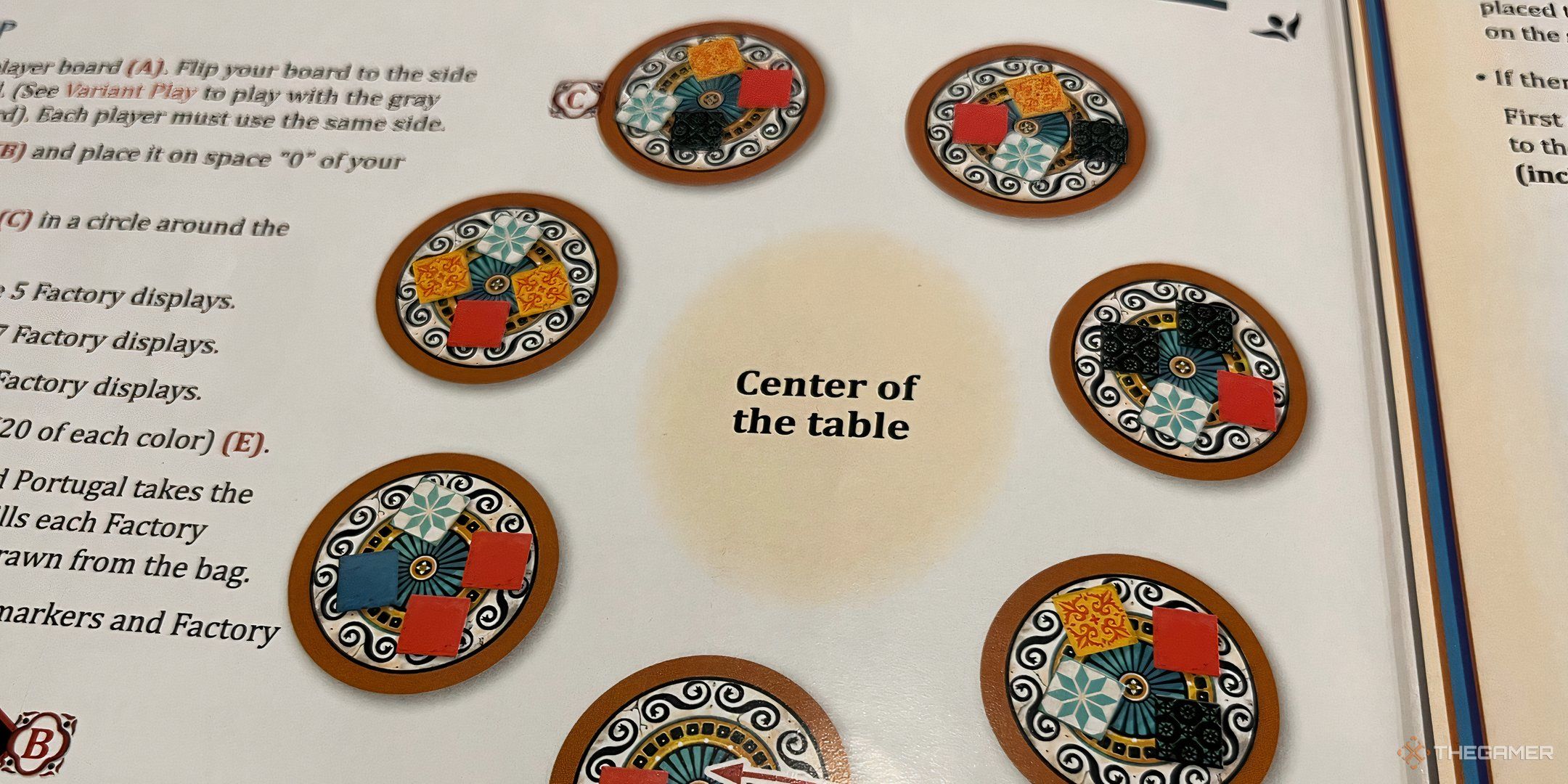









Leave a Reply